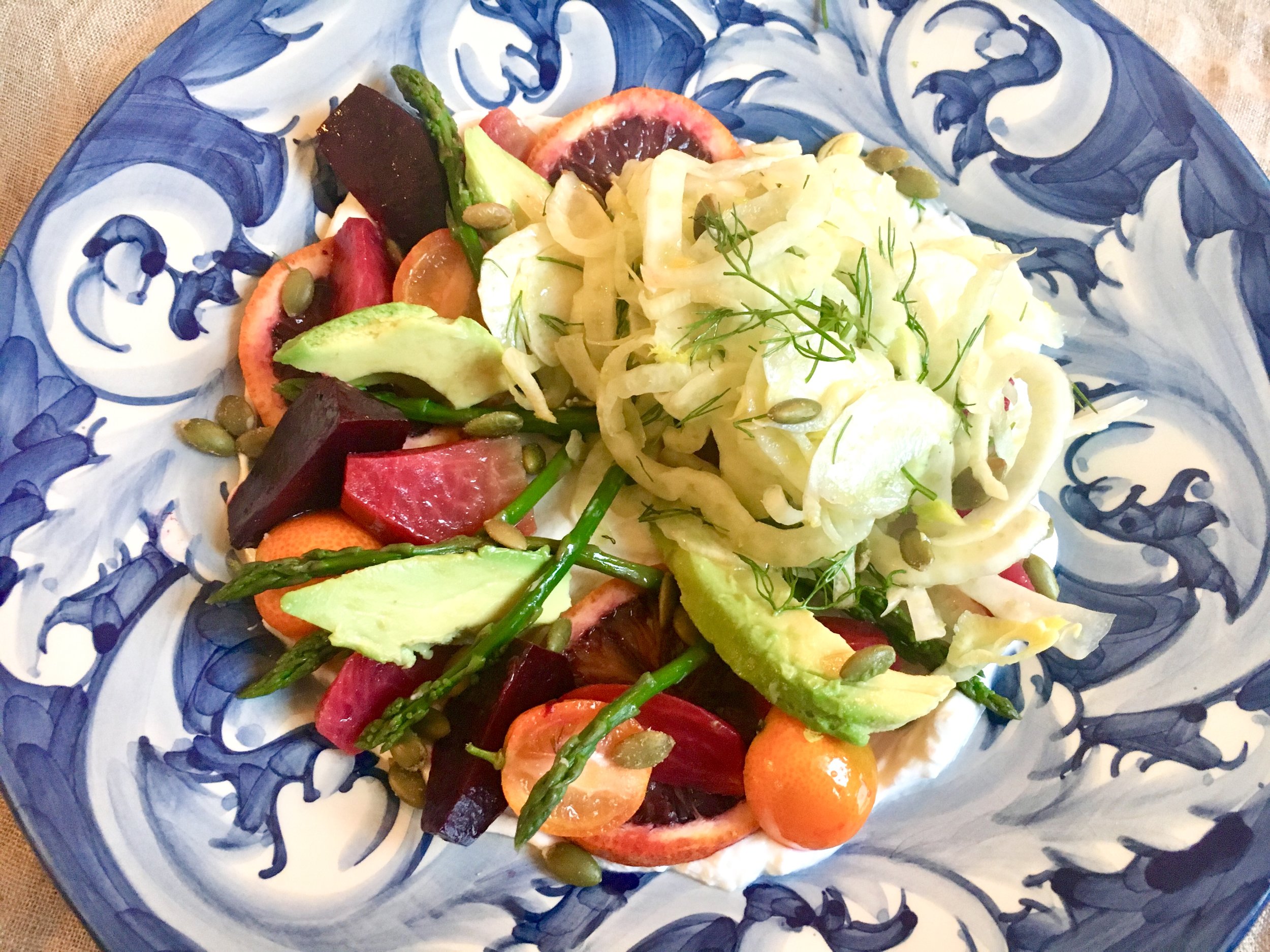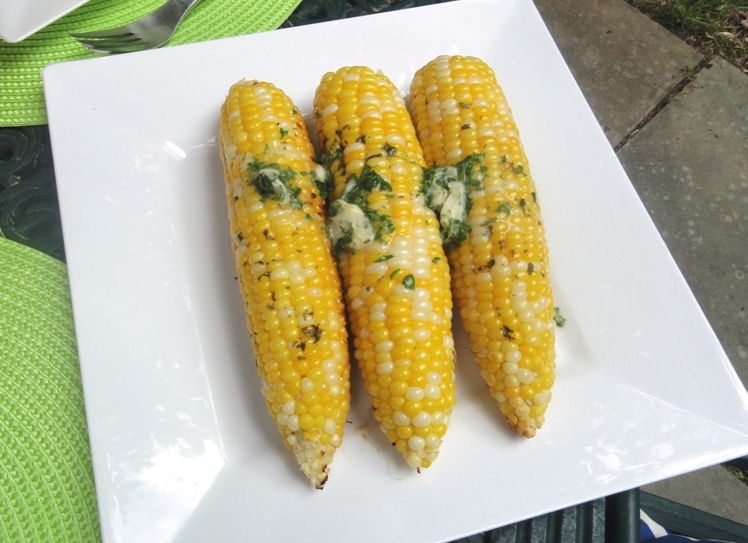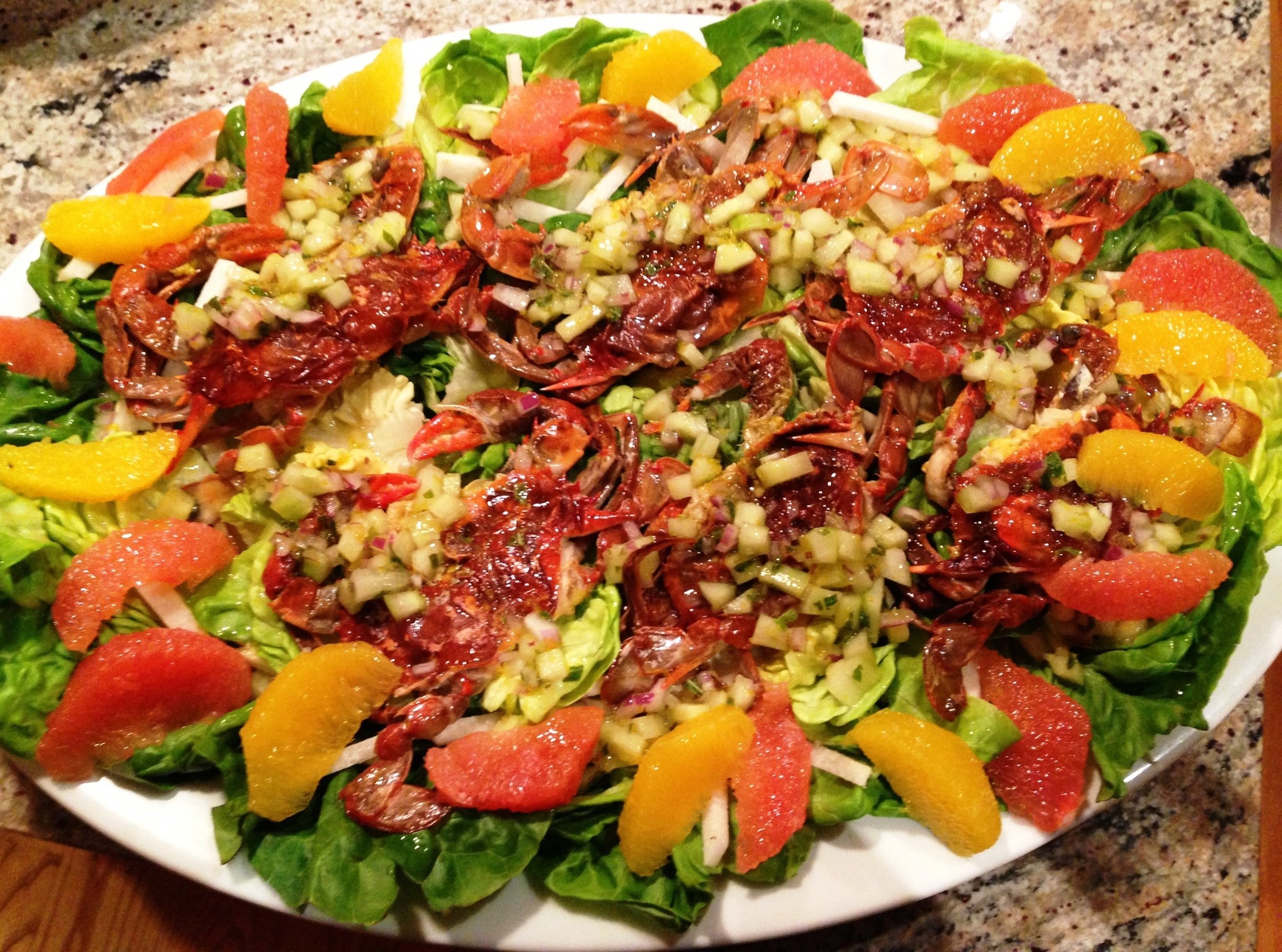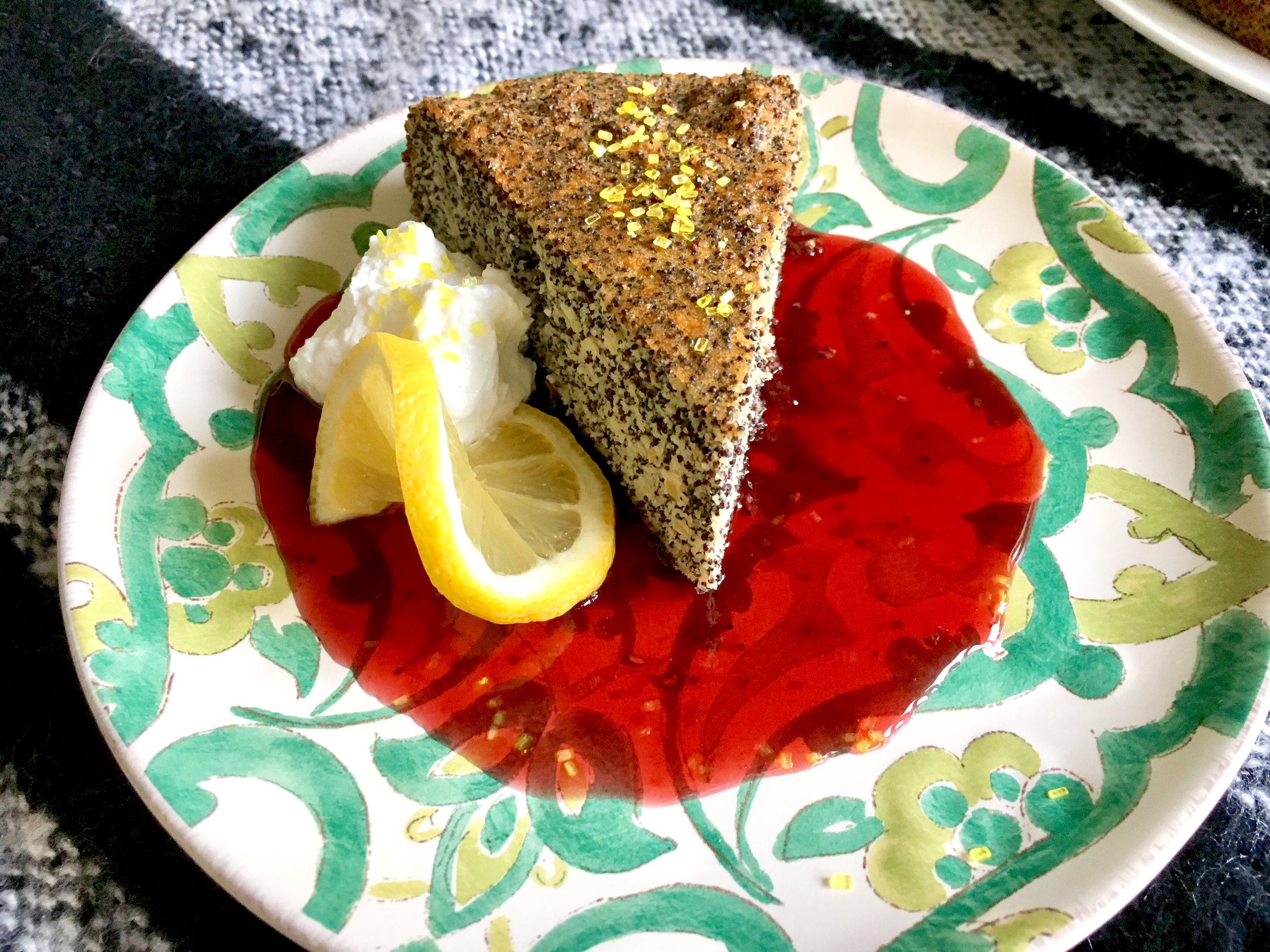Normally, at this time of year, the citrus season is winding down. But with the numerous nor'easters to hit us in late March, a lot of the U.S. still looks like it's in the throes of winter. The especially awful flu season this year has run unabated, too, so our need for the Vitamin C that citrus provides is still as relevant now as it was in mid-January. Sigh.
Still, the days are thankfully longer now that we've sprung forward, and at least with April's approach, we can see a light at the end of the tunnel. But for now, the variety of citrus fruits available to us is a great bridge to get us from cold months and snowy storms over to budding life and milder weather. Citrus just tastes like the sun, doesn't it? And I've found that using it in unexpected ways, in both savory and sweet dishes, allows us to sprinkle a little sunshine throughout our meals, throughout our weeks.
We've long had winter access to Florida and California citrus (I'm partial to Florida, as I'm an east coast gal myself). My father occasionally sends me "care packages" of wooden crates filled with grapefruits and oranges, salve for my soul during my months of harsh hibernation in Manhattan. I eat these out of hand, or scoop out the sections of a grapefruit as a mid-morning snack. But I also use the grapefruit (ruby red, mmm) in my work, like in the homemade grapefruit-rosemary sorbet that I paired with the pine nut tart at left.
A close sibling of the grapefruit in use and flavor is the pomelo. It's more dry than the grapefruit, so the sections peel out with less mess. And the actual pieces of pulp are large and pull apart easily. Pomelo is used in a lot of southeast Asian cooking, often paired with savory and spicy dishes like the spicy grilled river prawns and pomelo salad I once ate poolside in Bangkok. Pomelos are also a part of the Vietnamese salad with shredded chicken and cabbage that I love so much -- it's often replaced by grapefruit here in the States, but the original uses pomelo. Other large citrus that we use mostly for their skin or rind or juice -- and really, above all, we often use their scent -- are the citron, bergamot, calamansi, ugly fruit, and the etrog. Since we're focusing on what we eat and drink from the citrus species, we'll skip the details on these guys. They do provide the flavor for some delicious drinks, liqueurs, and vinegars however. Another time, another post.
In Italy, I look forward to two types of citrus showing up in the markets. One is clementini, or clementines, which always signal to me the approach of the winter holidays. Christmas in Italy means that pretty much every household has a gorgeous painted ceramic bowl full of clementini on the kitchen or coffee table. The second type of citrus I pine for until winter is the Sicilian blood orange, known as arancia rossa in Italian. Their flesh ranges in color from fuchsia-tinged bright orange to deep, dark magenta. These sweet, barely-acidic babies become happily ubiquitous at the end of the calendar year and throughout winter. They're in salads -- particularly those of Sicilian origin, like the blood orange-fennel-olive salads I love at this time of year. They're in desserts. They go into spremute, or freshly-squeezed juices sold in bars and in markets all over Italy. They're also great paired with prosecco, for a gorgeously colored aperitivo cocktail that's better than any mimosa you've ever experienced.
They're squeezed into vinaigrettes and made into sauces -- they happen to pair really well with steak fish to brighten a typical white wine sauce. They're an unexpected touch anywhere you'd normally use lemon or regular orange. They're delicious seared on the grill and paired with pork or duck. They're also great candied, dipped in chocolate. The possibilities are pretty endless, actually. And they're accessible now that they've become popular in the U.S.
And then we have the other categories of orange-skinned citrus. Mandarins and tangerines are often slightly sweeter versions of oranges, larger than clementines but just as delicious and versatile. They're great paired with pomegranate in a spremuta, and my vendors in Campo de' Fiori in Rome have been selling these alongside their market stall now for years. Of course, the smallest of all these orange cousins is the kumquat -- a slightly tricky fruit, but one that can actually be eaten whole, peel and all (these are thin-skinned little guys), and do really well sliced and cooked in a sugar syrup so they're softened, half way to marmalade.
This kumquat syrup can be made into a compote with the addition of other fruits, it can be made into a chutney with spices and some savory elements, or used as a flavoring syrup with an herb or two to be used as the base for a cocktail or to be topped off with sparkling water. Kumquats also do well included in other dishes like the composed salad here, with shaved fennel, beets, wild asparagus, avocado, and sunflower seeds on a bed of Greek yogurt. Other varietals of orange-skinned citrus like the satsuma, the tangelo, and various cross-breeds have been flooding the citrus market in recent years. I try to sample these fruits when I see a variety I've not yet tasted, and I have to say I've liked just about everything I've tried.
When it comes to a delicious acidic kick in cooking, limes are probably my star ingredient. They bring ceviche to life, they cut the richness of grilled meats in Mexican tacos and fajitas, they are pivotal in Southeast Asian marinades and dips, and they're the perfect finishing agent for freshly cooked seafood and freshly grilled veggies like corn on the cob -- I love smothering corn in a miso-lime butter. Limes are a must on any cocktail bar (dark and stormy, anyone?). Lime is also a wonderful ingredient for desserts.
A truly well-made slice of key lime pie is hard to beat. The key limes are deliciously tart and work well in tropical cuisine that matches the environment in which they're grown. Lime sorbetto is ultra-refreshing. And lime curd is delicious, and pairs well with berries, like in my raspberry-lime-ginger tart at right. We're now starting to see the availability of other varieties like finger limes in specialty markets these days. These are to regular limes what pomelos are to grapefruit, and are excellent when the pulp is used in savory preparations. Kaffir limes are amazing, particularly in southeast Asian cuisine, but they're relatively dry and so are best used for their aromatic zest and above all, for their gorgeous fresh leaves. Nothing, for me, compares to the flavor kaffir lime leaves impart to curries and stews and soups. And dried limes are a big part of the flavor profile in Persian cooking, a cuisine I love and am learning more about all the time.
And then, of course, we have the lemon. I could write an entire post alone on lemons -- and I will, at some point. Having honeymooned last year on the Amalfi Coast of Italy, we walked through a pergola of lemon trees just to get from our suite to breakfast each morning in Anacapri. My friends had luscious lemon trees in the back yard of their B+B in Puglia. Even my friends with more than a corner of terrace space in Rome have citrus trees. And I've used lemon leaves in my cooking as well - they're great for wrapping things in and grilling. The amazing Italian lemons themselves go into everything from a light salad dressing to sauces for seafood to desserts and cakes and gelato and sorbetto and mmmmm, granita. They are served alongside tea (tè al limone) as well as a bistecca alla fiorentina. But lemons from all over the world help to add flavor to marinades and ceviches and meringue pies and tarts and candies, and anything at all that needs a little brightening of flavor.
They are a part of the sgroppino, an after-dinner drink which I've already highlighted on this blog here: http://bluaubergine.blogspot.com/search?q=sgroppino -- but it's so delicious it's worth mentioning again. And the lemons of the Amalfi coast have long donated their rinds to the best cause of all: limoncello. What lemons have added to our world of drinks alone makes them worthwhile! Limonana, the Israeli slushie drink of lemon and mint, is a refreshing glass of wonderfulness, improved upon by the addition of a little vodka. And the coccolimone drink and grattachecca sold on the streets of Rome in warm weather are a revelation.
With the creation of the meyer lemon, which is a cross between a lemon and an orange, we have a best-of-both-worlds situation which allows us an interesting, mellowed citrus flavor to utilize in both sweet and savory. Lemon bars are given a tweak, and meyer lemon curd adds interest to the coconut cake and chocolate tuile at left. They're great in sauces and to make an aioli ethereal. Grilled and squeezed on seafood, they lend amazing dimension. There's very little a regular lemon can do that a meyer lemon won't improve. Give them a try the next time you find them in the market. In fact, pick up as many citrus varieties as you can get your hands on, then store them in the fruit bin in your fridge, and go in search of recipes that utilize these wondrous, versatile fruits. They'll help you bring on the spring!
Haricots verts with almonds, beets, and orange supreme
Branzino topped with meyer lemon aioli, over roasted artichokes and sea beans
Moroccan honey-citrus cake, orangeflower citrus, roasted figs, sweetened yogurt
Lemon sole over beluga lentils and wilted chard, roasted citrus beurre blanc
Southeast Asian style soft-shelled crabs with citrus-cucumber nuac mam, citrus segments and butter lettuce
Rustic Italian flourless lemon-almond-poppyseed cake, four berry sauce, lemon sugar whipped cream

















